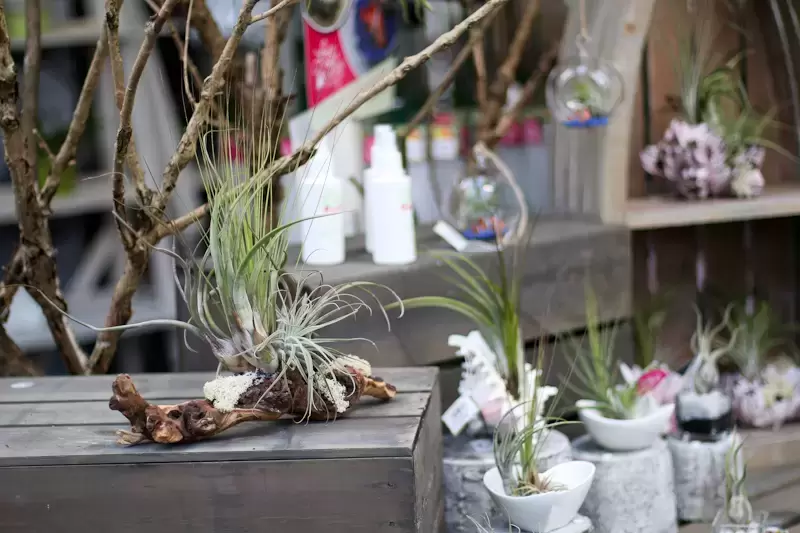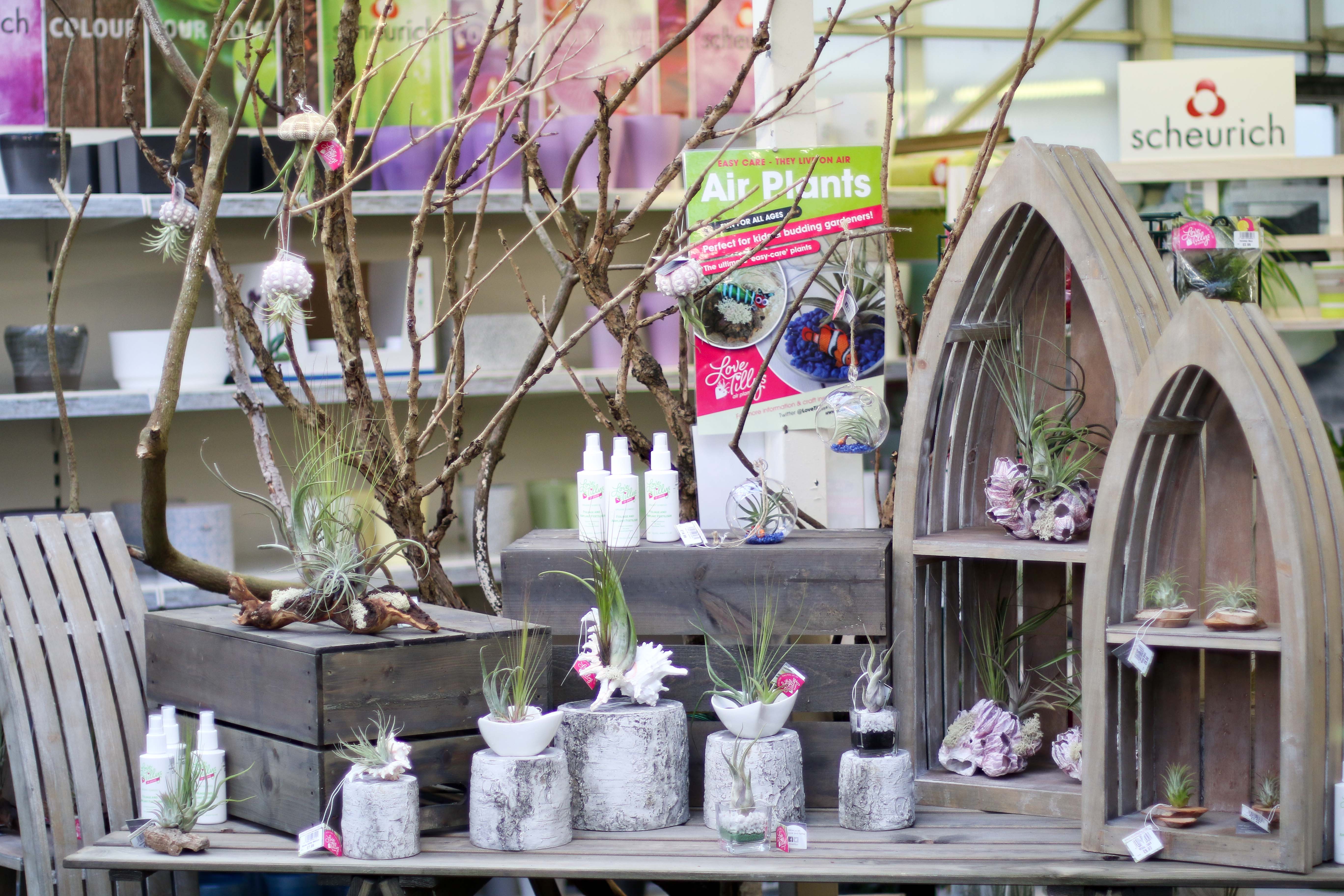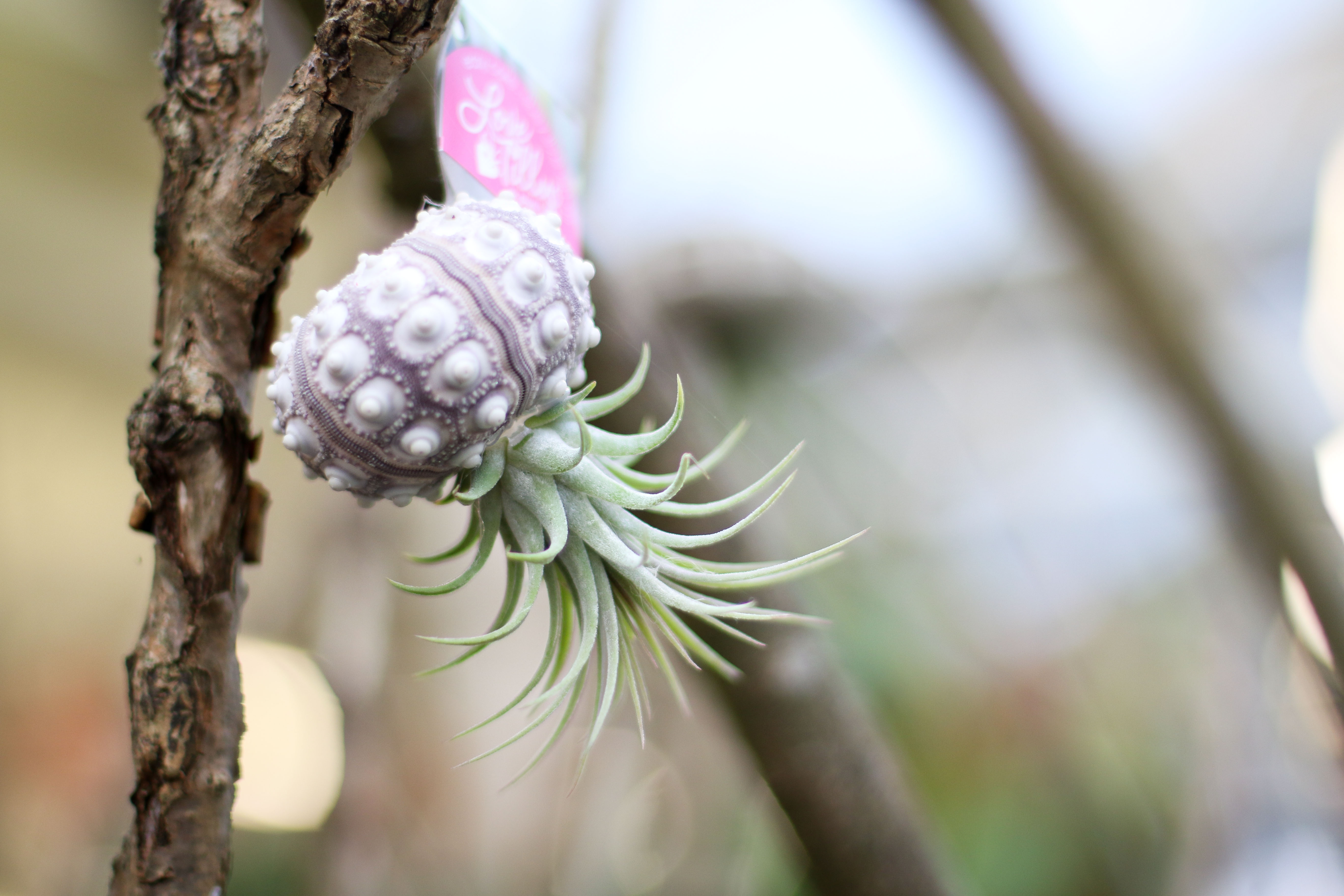
 New to Cowell's this autumn is an exciting range of Tillandsias - commonly known as Air Plants - which are sure to be a unique addition to your home! They are versatile, easy and fun, at home almost anywhere warm and light. Air Plants vary in size, shape and texture and also have beautiful flowers which vary in colours from purples, reds, pinks, yellows, and whites. Air Plants require less maintenance than conventional houseplants and when it comes to displaying them, the options are limited only by your imagination!
New to Cowell's this autumn is an exciting range of Tillandsias - commonly known as Air Plants - which are sure to be a unique addition to your home! They are versatile, easy and fun, at home almost anywhere warm and light. Air Plants vary in size, shape and texture and also have beautiful flowers which vary in colours from purples, reds, pinks, yellows, and whites. Air Plants require less maintenance than conventional houseplants and when it comes to displaying them, the options are limited only by your imagination!
Tillandsia are native from deserts, forests, and mountain regions of southern parts of the United States of America, Mexico, Central and South America. They are epiphytic which means they can grown without soil. Most species absorb moisture and nutrients through the leaves. They are extremely adaptable and able to tolerate a wide range of conditions. Once they are established in their new surroundings, they will grow, flower, and thrive.
Top Tilly Tips
- They can grow or hang on anything anyway you like - upside down, sideways, right way up...
- Get creative, group several plants together or stick them on everyday objects from shells to picture frames - anything that doesn't mind a light misting of water.
- Make a low maintenance terrarium. Take a glass vase, candle holder, or even a jar, add sand or gravel and of course, your Tillys!
- Ideal in vivariums, create a lush home for your pets.
- Great for kids, perfect for young nature lovers.
Tilly Care.jpg)
- Tillandsias kept in the house need to be watched closely in the initial month until they are established. They love fresh air, good light, and humidity - conditions often absent in the home. Tillandsias are, however, adaptable and so they will often grow (or at least not decline) indoors if they are given as much of their natural surroundings as possible.
- They should receive plenty of indirect or diffused light from a nearby window. Do not leave them in direct sun in summer months as the plant will become sunburned.
- Watering is critical indoors as there is usually a lack of humidity, especially where there is air conditioning and/or central heating. The amount of watering varies with temperature, light, and air movement. As a guide, thoroughly wet your Tillandsia 2-3 times per week; more often in a hot, dry environment; less often in cool, humid conditions. Plants should be given enough light and air circulation and should dry in no longer than 4 hours after watering. Generous spray misting is sufficient as a means of watering in average weather conditions. Totally submerge loose plants in room temperature rain water containing a small amount of fertiliser, ideally overnight or at least for a few hours.
- Tillandsias tolerate a wide range of temperatures, down to 8-10 degrees depending on variety.
- Feed weekly with Key Essentials air plant fertiliser in spring and summer, and fortnightly in autumn and winter.
